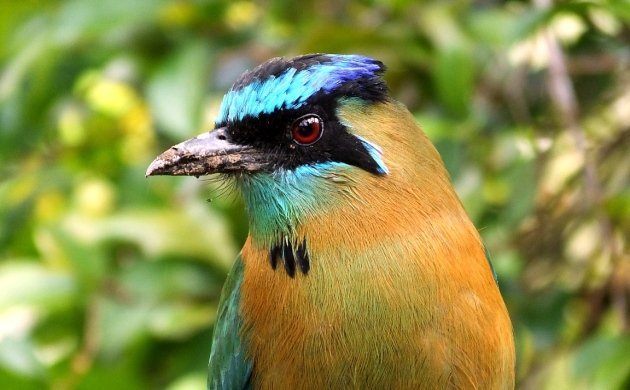
Some birders are more learners than listers, others more photographers than birders. However, no matter how one enjoys or takes in interest in the avian side of life, an official list of the birds for a given area is of vital importance. That grouping of bird species shows which ducks, rails and wood-warblers use the protected habitats of a wildlife refuge, which species might be expected in a local patch, and, most of all, if it’s worth getting out of bed in the blistering cold dawn to trudge your way up some frozen mountain to look for a white wild “chicken”. Since bird lists are also historical, they provide a glimpse into the past, show us where we have gone wrong with managing natural habitats, what we are doing right, and hint at when ecosystem restoration just might be working.
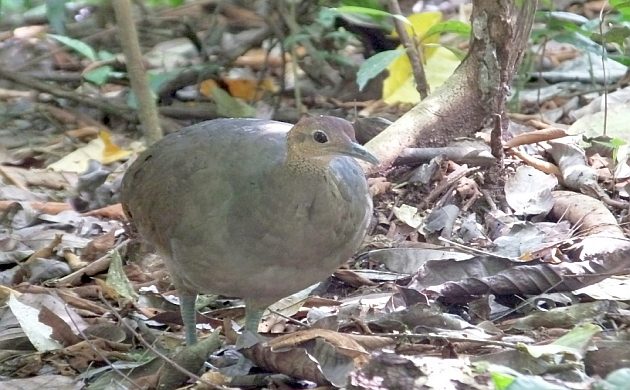
With the rise in birding tourism, bird lists for entire countries have also become increasingly important. Folks want to know what they can see, if it’s worth traveling to Trinidad and Tobago, if they should to to Ecuador for three days or three weeks, or if one should drive to Wisconsin to look for a vireo with white eyes or a blue head. If a list also shows the status for each species, birders on their way to Costa Rica would realize that they shouldn’t really expect vireos with white eyes nor blue heads (but would hopefully know that they should very much report those species on eBird so local birders can chase them!).
We have an official list for Costa Rica and, as with other lists, our’s is dynamic. Far from set in stone, the list changes, it evolves to add “new” birds that end up within the boundaries of this birdy country. Since our list is based on the AOS list, names also require editing from time to time. These are mostly changes in the Latin names of birds but sometimes, common names also take a hit. Although such changes can give birth to a feathered ball of confusion (like when birders wonder what happened to the Blue-crowned Motmot and why emphasis was placed on the yellow throat of the big toucan with the dark bill instead of on its black mandible) a new edition of the field guide will eventually be published, and some field guide apps have already been edited. Not to mention, most of all, these changes are important because they reflect a more accurate understanding of the evolutionary history of our avifauna.
To help clear up the confusion, this is a brief summary of recent changes to the official Costa Rica list. This does not include the various changes made to Latin names, taxonomic ordering, nor changes to families.:
Spot-bellied Bobwhite bites the dust
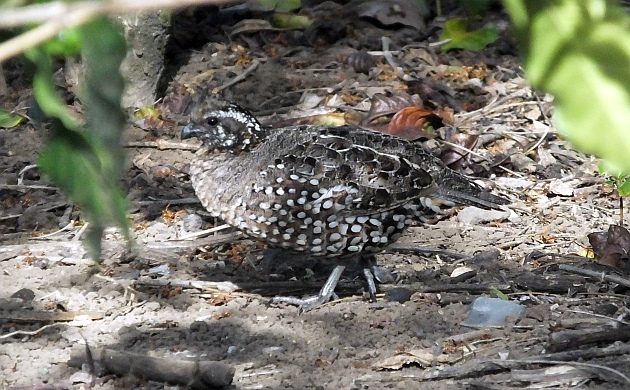
Although it looks different from the Crested Bobwhite, this handsome little dry forest bird has been lumped with that species. Bobwhite species are so prone to being assimilated, maybe we should just call them, “borgwhites”.
Gray and Gray-lined Hawks
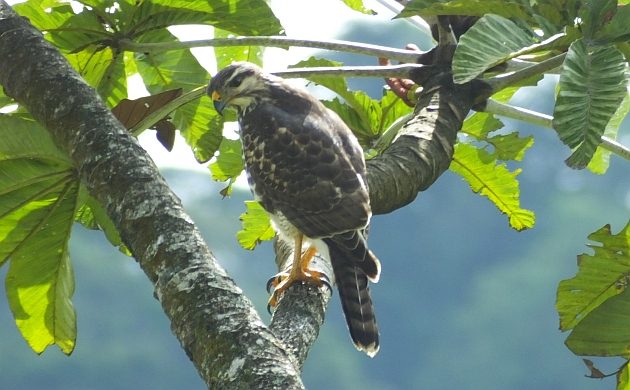
The species formerly known as Gray Hawk was finally and officially split into two species and as luck would have it, they meet in Costa Rica! Although this meeting of Mexican Goshawks and the inaccurate ranges presented in multiple publications gave rise to a constant flow of erroneous eBird sightings, we do have both in Costa Rica.
Northern Harrier is a Hen Harrier no more
The harrier that reaches Costa Rica is a rare but regular winter visitor. European birders who lucked out on one of these long-winged raptors in Costa Rica can add a tick to their lists because its not a Hen Harrier.
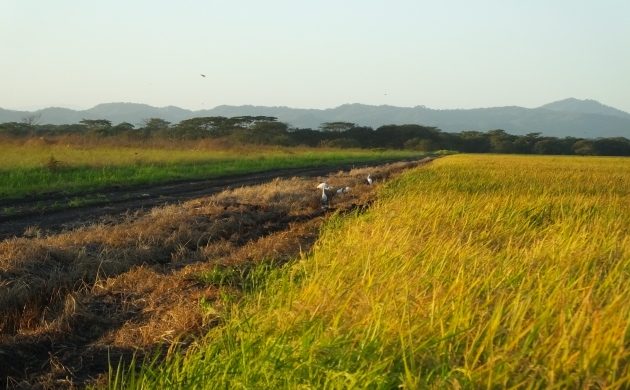
Ditto for the Common Moorhen- in Costa Rica, it’s “Common Gallinule”
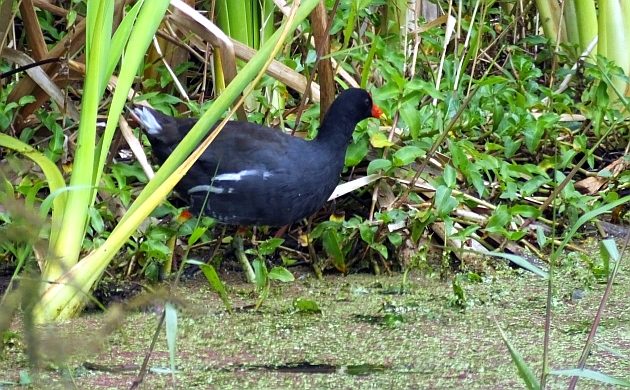
No more moorhens here, only gallinules in this birding house.
Clapper Rail becomes Mangrove Rail
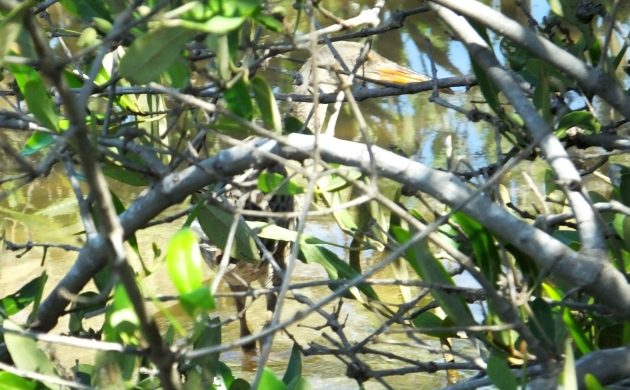
We always knew it but the change only recently became official. See one of those Clapper Rails in Chomes? O no you didn’t, you saw a Mangrove Rail!
The wood-rail split
This was a fun surprise! The gray hawks weren’t the only north-south sister species that meet in Costa Rica. A meeting of northern and southern species level taxa also happens with the former Gray-necked Wood-Rail. That became two species; Russet-naped and the Gray-cowled Wood-Rails.
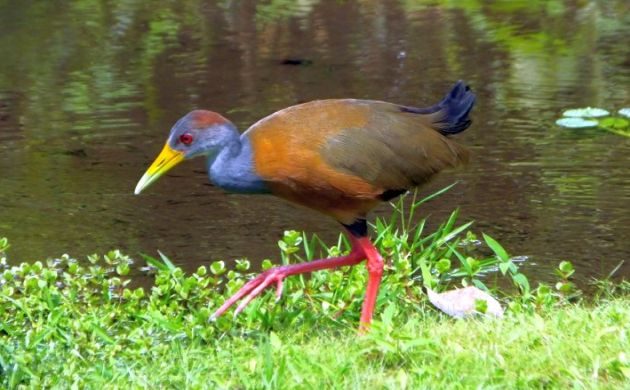
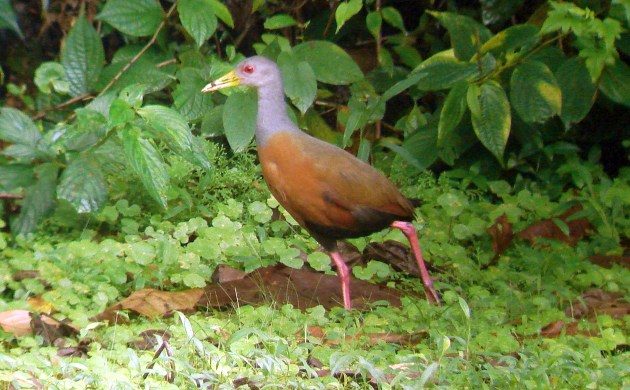
Screech-Owls!
The revolution of splitting small owl species has finally caught up to Costa Rica. Although Andean Pygmy-Owl had already become Costa Rican Pygmy-Owl and the Least Pygmy-Owl became Central American Pygmy-Owl some time ago, better taxonomic understanding now gives us Middle American Screech-Owl instead of Vermiculated Screech-Owl. And that’s not all! Rumor has it that Choco Screech-Owl might also make it onto the list.
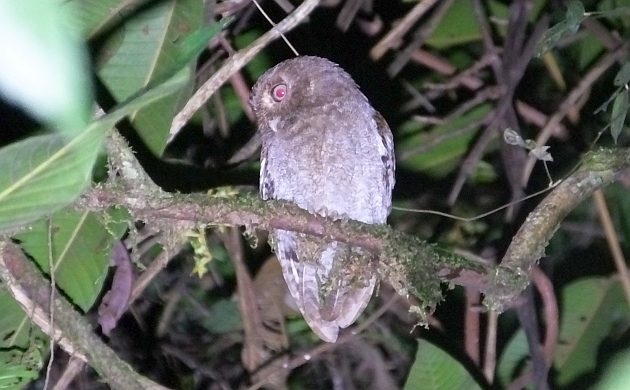
Hummingbird changes
If you have seen Magnificent Hummingbird in Costa Rica, add a tick in the form of Talamanca Hummingbird.
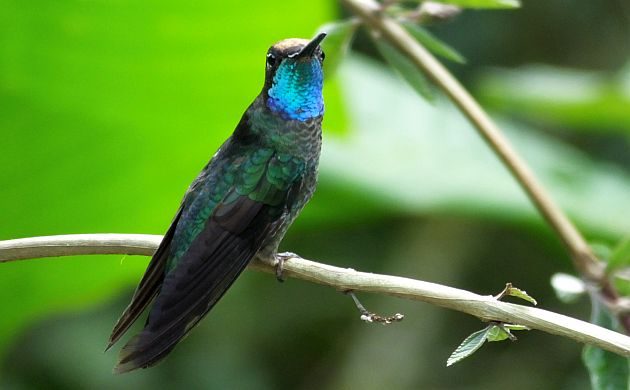
Seen Green Violetear in Mexico and Costa Rica? Add one in the form of Lesser Violetear.
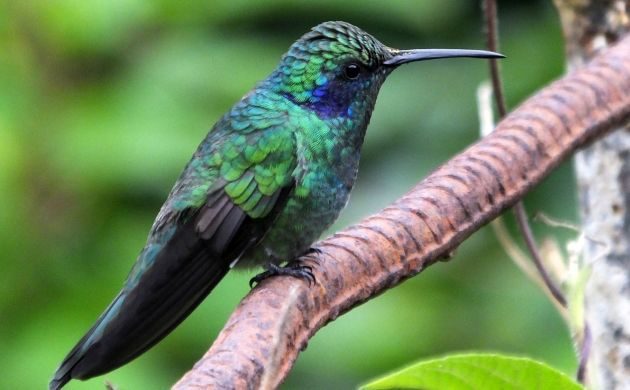
How about Steely-vented Hummingbird in Colombia? Add another one; the birds in Costa Rica are know called, “Blue-vented Hummingbird“.
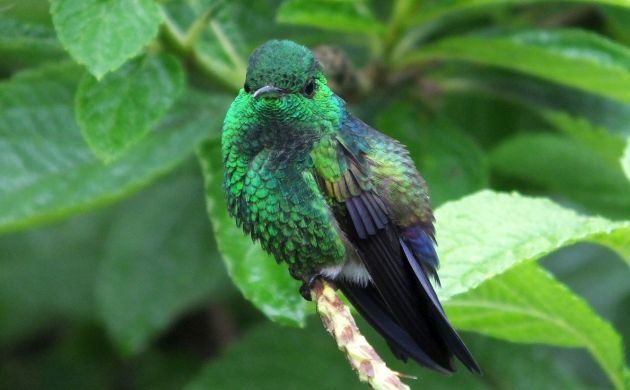
One less trogon
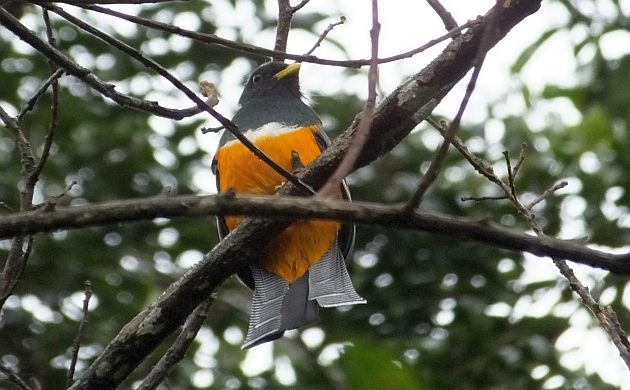
There’s nothing like losing a trogon. Our beautiful Orange-bellied has just become another Collared Trogon. We are in mourning.
Toucan species with new names
Thanks to a multi-split of Emerald Toucanet, the ones in Costa Rica are now known as Northern Emerald Toucanet.
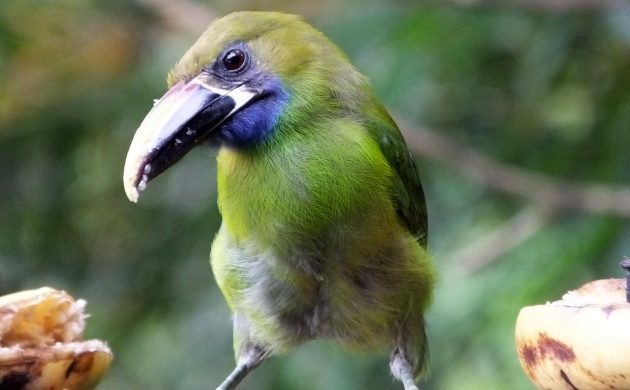
Thanks to work done on Black-mandibled Toucan, that bird in Costa Rica now goes by “Yellow-throated Toucan“.
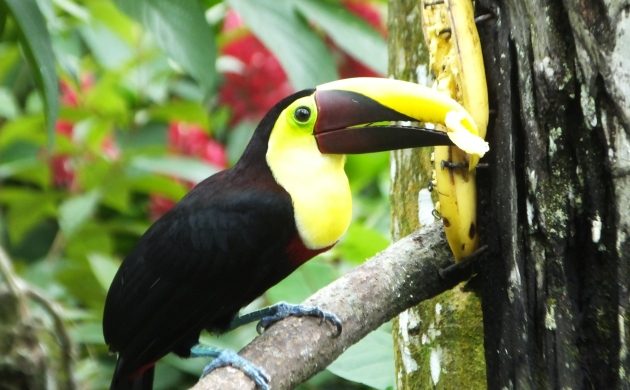
Blue-crowned Motmot changes to Lesson’s Motmot
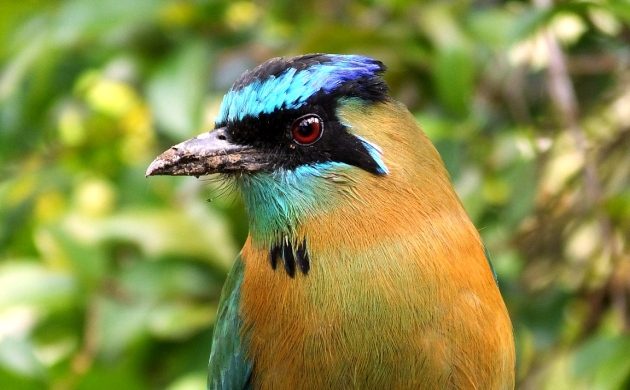
The new name sound silly especially since the bird does have blue in the crown. But, birds in eastern Mexico have even more blue and are now their own species so Lesson’s Motmot it is.
A new endemic foliage-gleaner!
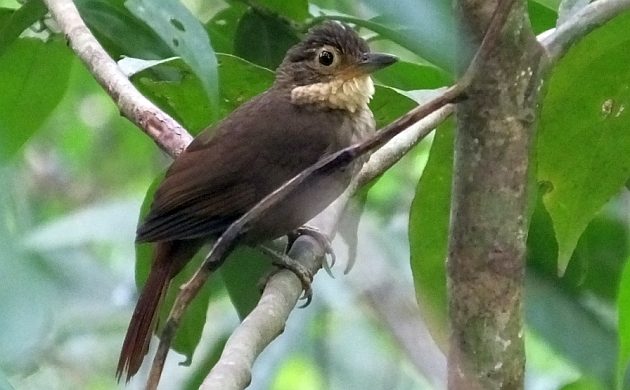
More exciting news! The Buff-throated Foliage-gleaner was finally split into at least two species, the ones that live in southern Costa Rica and adjacent Panama now being known as “Chiriqui Foliage-gleaner“.
Plain Wren wasn’t so plain after all
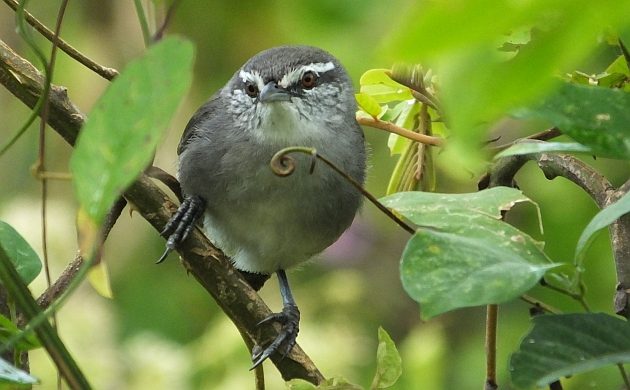
We knew that the gray birds on the Caribbean slope were a likely split for some time but who would have guessed that the birds on the southern Pacific slope were something new! They may look nearly identical but the birds in the Central Valley and north of Parrita are now known as Cabanis’s Wren, the birds to the south are Isthmian Wrens (try saying that five times fast after a drink or two), and the birds of the Caribbean slope, the cool sounding Canebrake Wren.
Cabanis’s Ground-Sparrow
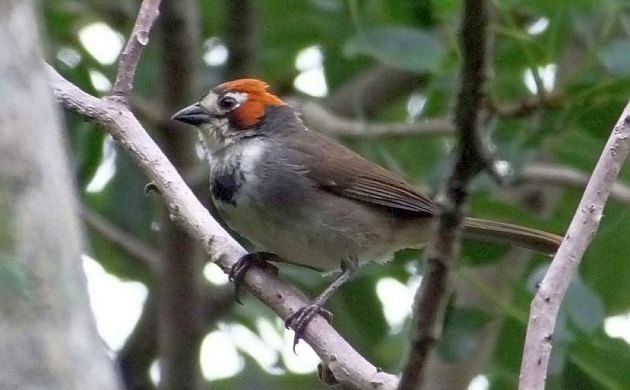
To me, this is the most exciting change to the list. Yeah, I did just say that. The name change of a small brown bird, a sparrow, is exciting. But, I don’t deny it! I can’t because this is recognition of an additional species completely endemic to Costa Rica. Split from birds in northern Central America (the White-faced Ground-Sparrow), the Cabanis’s becomes a very special bird. What makes it even more special is the fact that it can be rather hard to see and is very possibly endangered. Recognition of species status makes it more likely to make working conservation plans for this towhee before it quietly fades away forever.
Red-breasted Blackbird is a meadowlark
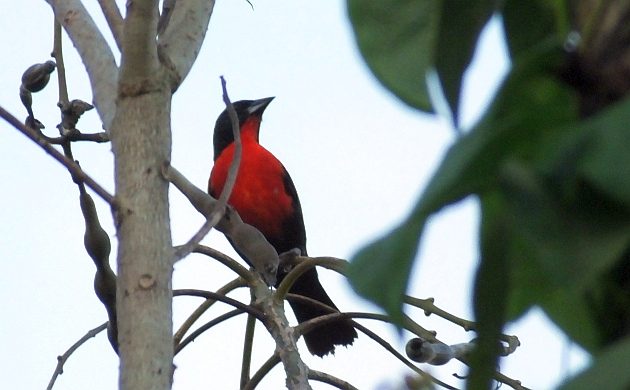
It only takes one look at the bird out there in a rice field to know that this was always the case. Things seem maybe slightly more normal in the world upon seeing its name changed to Red-breasted Meadowlark.
Costa Rican Warbler
Split from the Three-striped Warbler of South America, yet another species is added to the list of birds only found in the mountains of Costa Rica and Panama.
Masked Yellowthroat is gone
There’s a yellowthroat that lives in marshes and other wet habitats around San Vito, Costa Rica. Once upon a time, it was lumped with the Masked Yellowthroat of South America. Recent studies, however, showed that it was so close to Olive-crowned Yellowthroat, it deserved to be placed with that species.
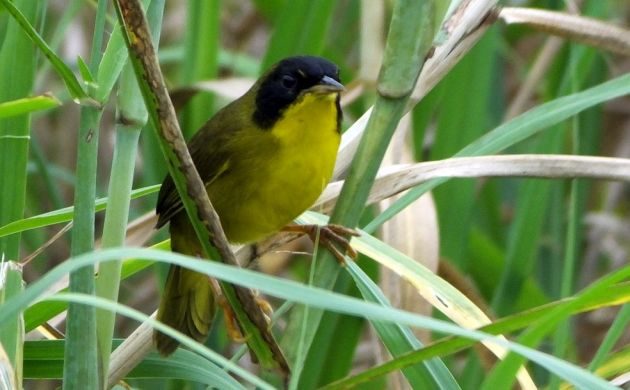
Scarlet-rumped Tanager makes a comeback
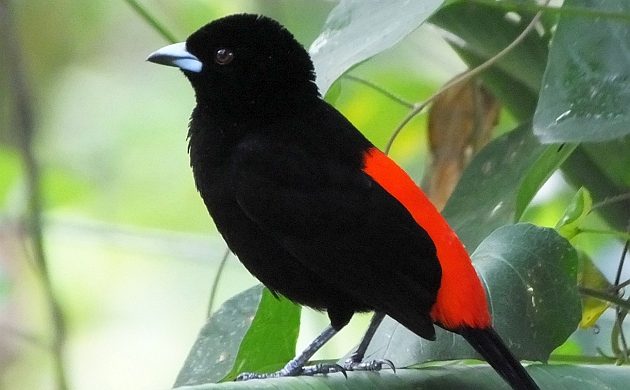
The old guide used to call this bird by that obvious, great name until it was suddenly split into two species with names that caused endless confusion. The Passerini’s Tanager lived on the Caribbean slope, the Cherrie’s Tanager on the Pacific. Now, the Scarlet-rumped is back and lives on both slopes. Cased closed.
Morelet’s Seedeater
Just when a birder thought that proper nouns were passe for bird names, whamo, here comes the Morelet’s Seedeater! No more White-collareds around here, only Morelet’s.
When it comes down to it, in birding terms, we lost four birds to lumping (ouch) but picked up some armchair ticks (yeah!) and probably have other armchairs in the works. A few other species have also been added to the country list and the official bird list now stands at more than 920 species. But, give it time, the dynamic nature of the bird list promises more changes to come. With more Costa Ricans getting into birds and more people taking pictures of everything, a lost Cocoi Heron will be officially documented in Costa Rica, other less expected birds will be discovered, and other AOS supplements will bring more changes.











Thank you! Gorgeous photos and super helpful information.
Thank you so much for your very informative update on the taxonomic changes for birds in Costa Rica! Very helpful. Have you done any similar updates for changes made in 2020 and 2021? Thank you for sharing this helpful information. Carrol Henderson, 640-119th Lane NE, Blaine, MN 55434
@Carrol- Thanks! Glad you liked the post. Yes, I wrote something at my blog about Clements list changes that affect Costa Rica.
See:
http://birdingcraft.com/wordpress/2021/08/18/what-are-these-new-birds-for-costa-rica/